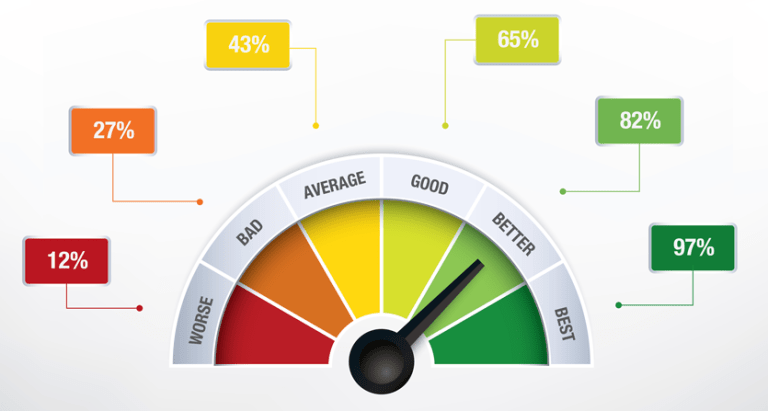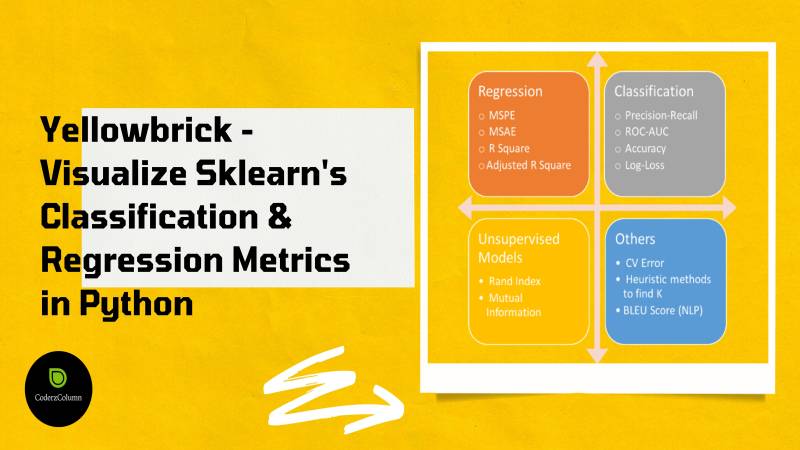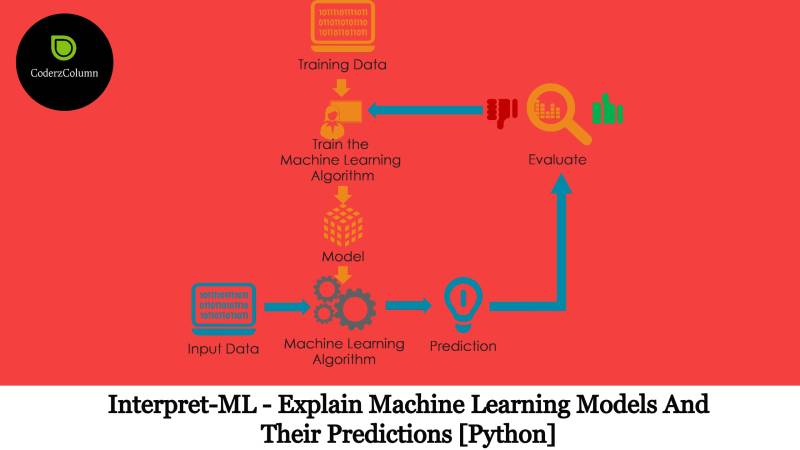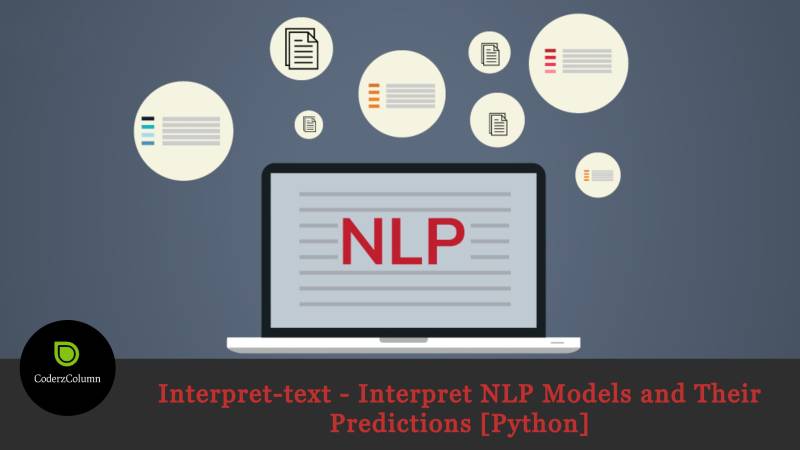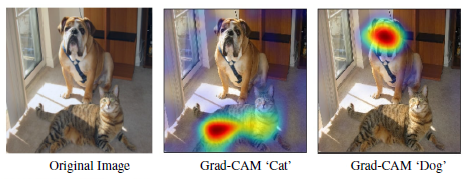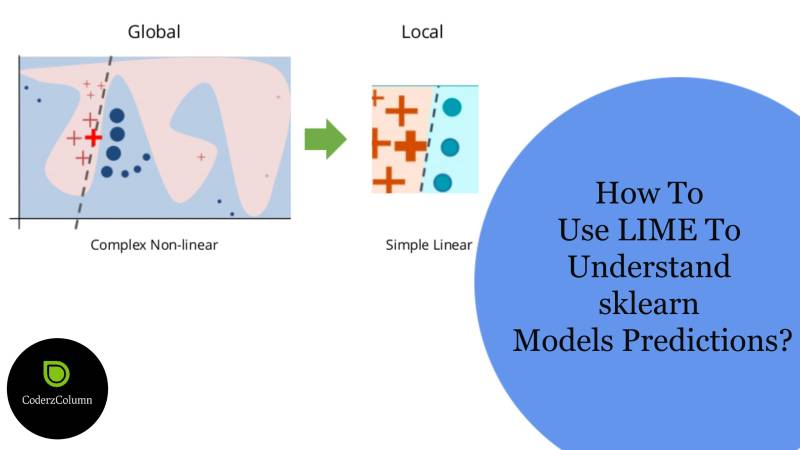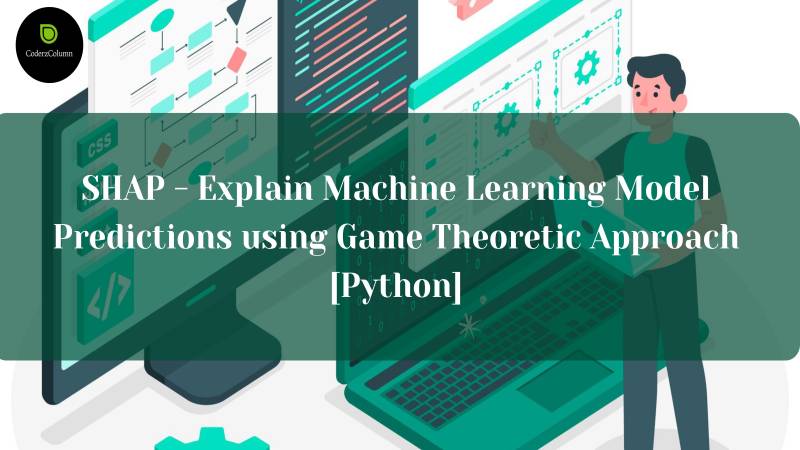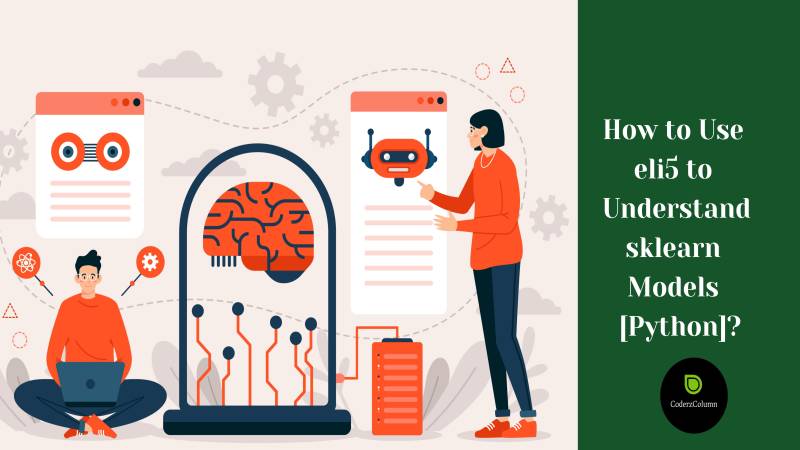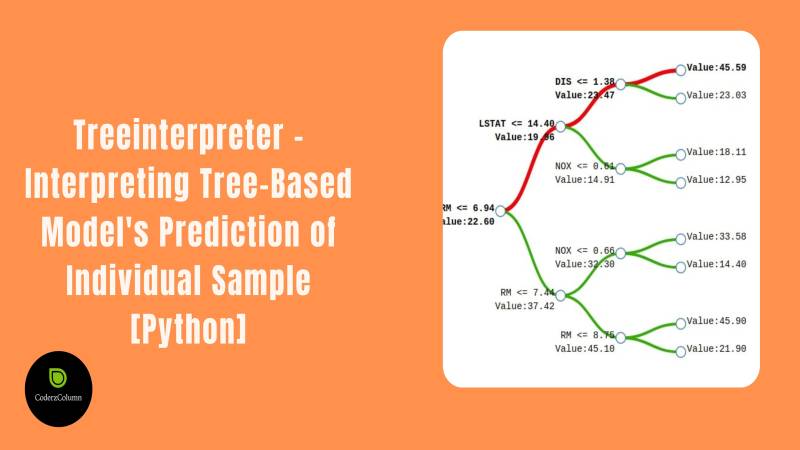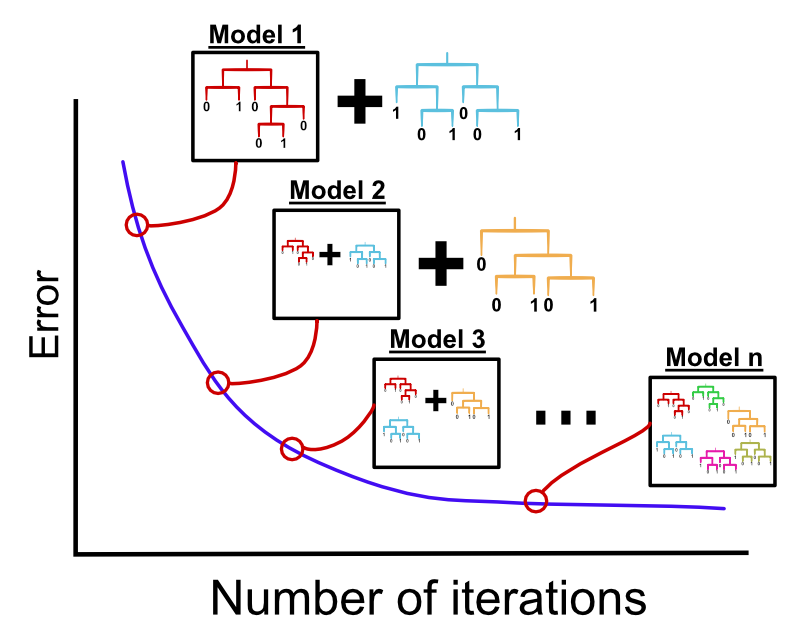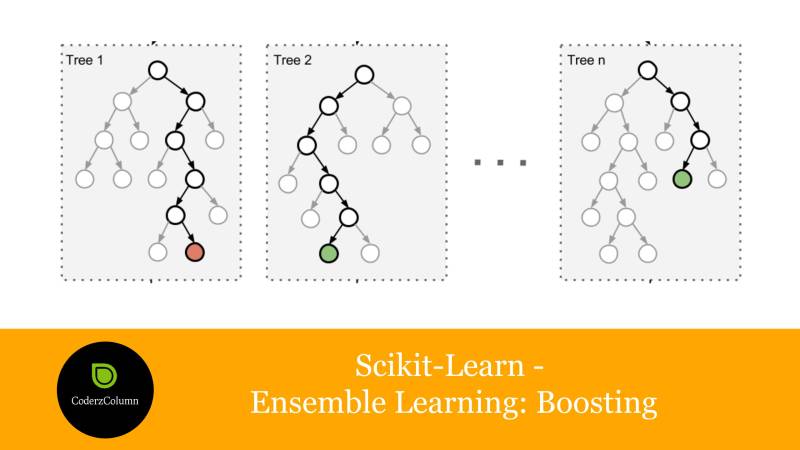
Machine Learning Tutorials
The term 'machine learning' (ML) describes a system's capacity to gather and synthesize knowledge through extensive observation, as well as to develop and extend itself by picking up new information rather than having it preprogrammed into it. At CoderzColumn, you get a glimpse of the vast Machine Learning Field. We cover various concepts through tutorials. The concepts are:
- Visualize ML Metrics
- Gradient Boosted Decision Trees
- Interpret Predictions Of ML Models
- Hyperparameters Tuning / Optimization
For an in-depth understanding of the above concepts, check out the sections below.

 Sunny Solanki
Sunny Solanki




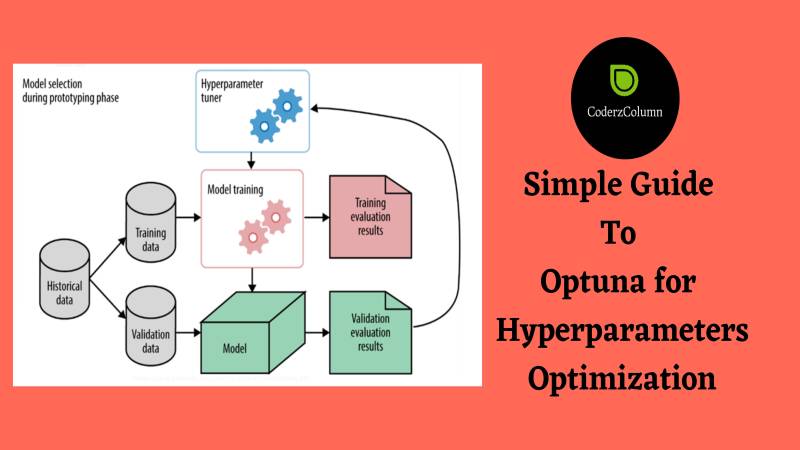
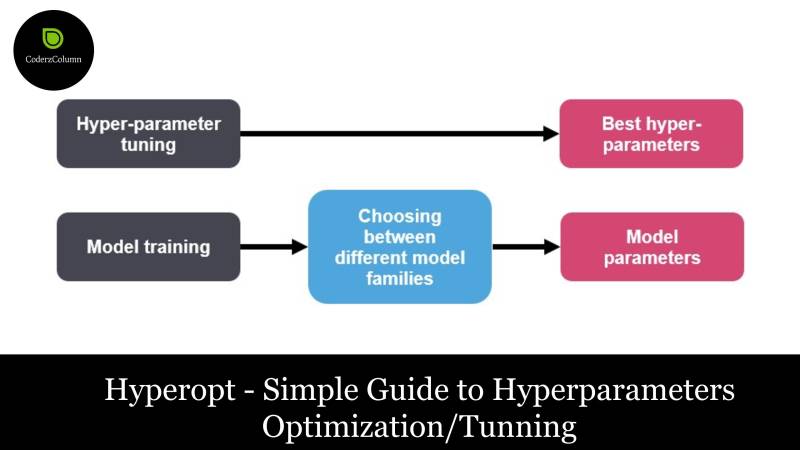
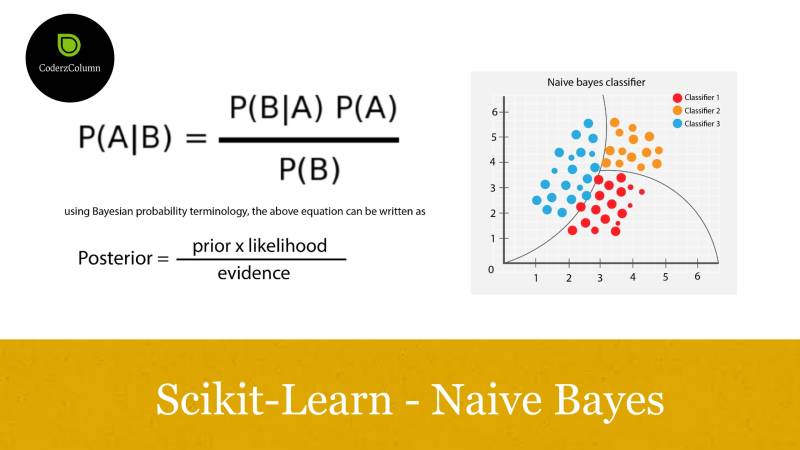
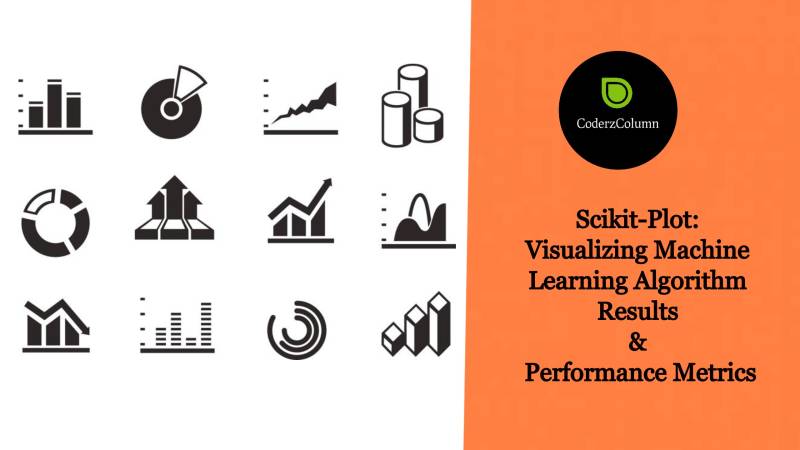
![XGBoost - An In-Depth Guide [Python API]](https://storage.googleapis.com/coderzcolumn/static/tutorials/machine_learning/article_image/XGBoost%20-%20An%20In-Depth%20Guide%20%5BPython%5D.jpg)
![CatBoost - An In-Depth Guide [Python API]](https://storage.googleapis.com/coderzcolumn/static/tutorials/machine_learning/article_image/CatBoost%20-%20An%20In-Depth%20Guide%20%5BPython%5D.jpg)
![LightGBM - An In-Depth Guide [Python API]](https://storage.googleapis.com/coderzcolumn/static/tutorials/machine_learning/article_image/LightGBM%20-%20An%20In-Depth%20Guide%20%5BPython%5D.jpg)


